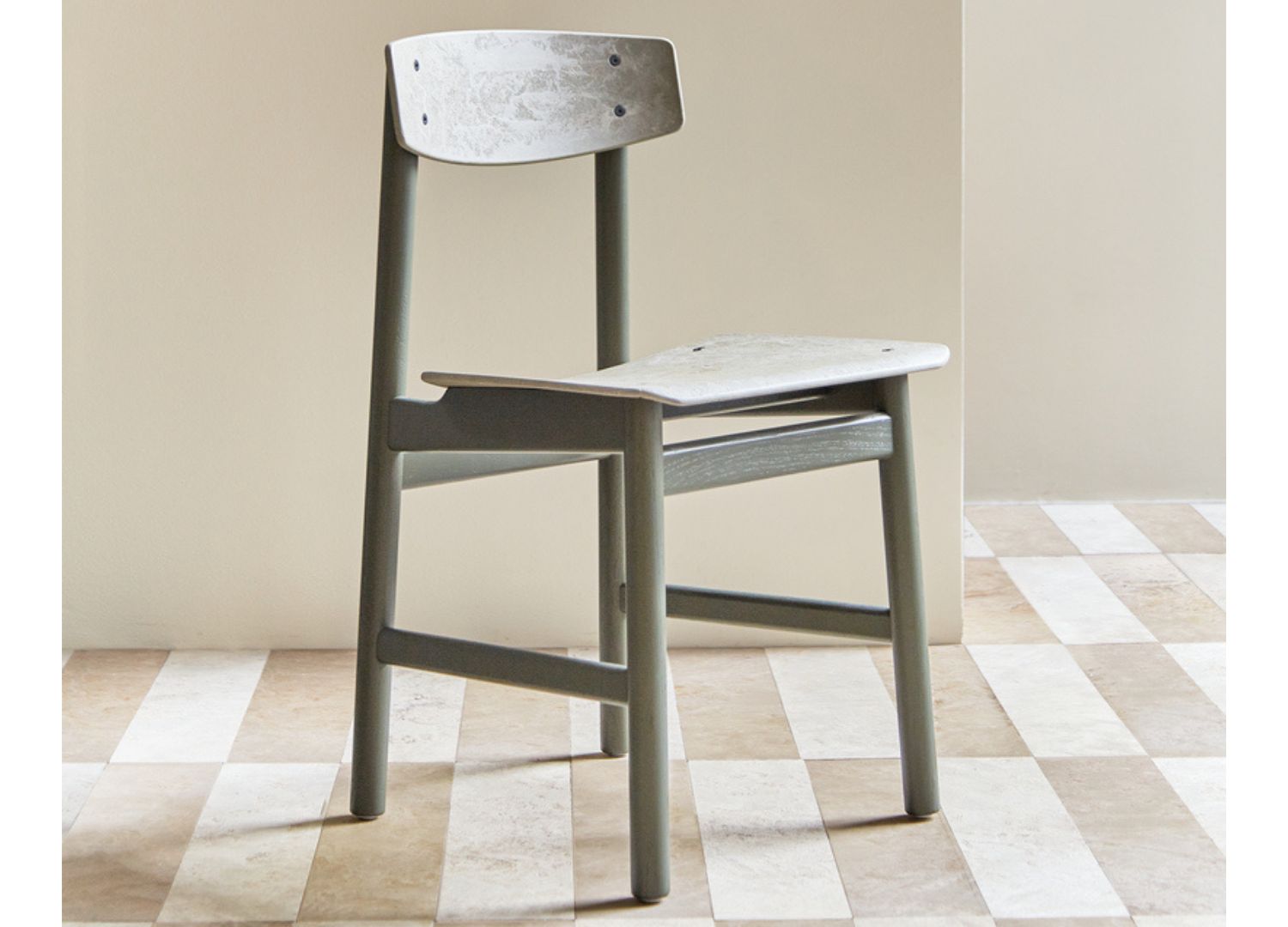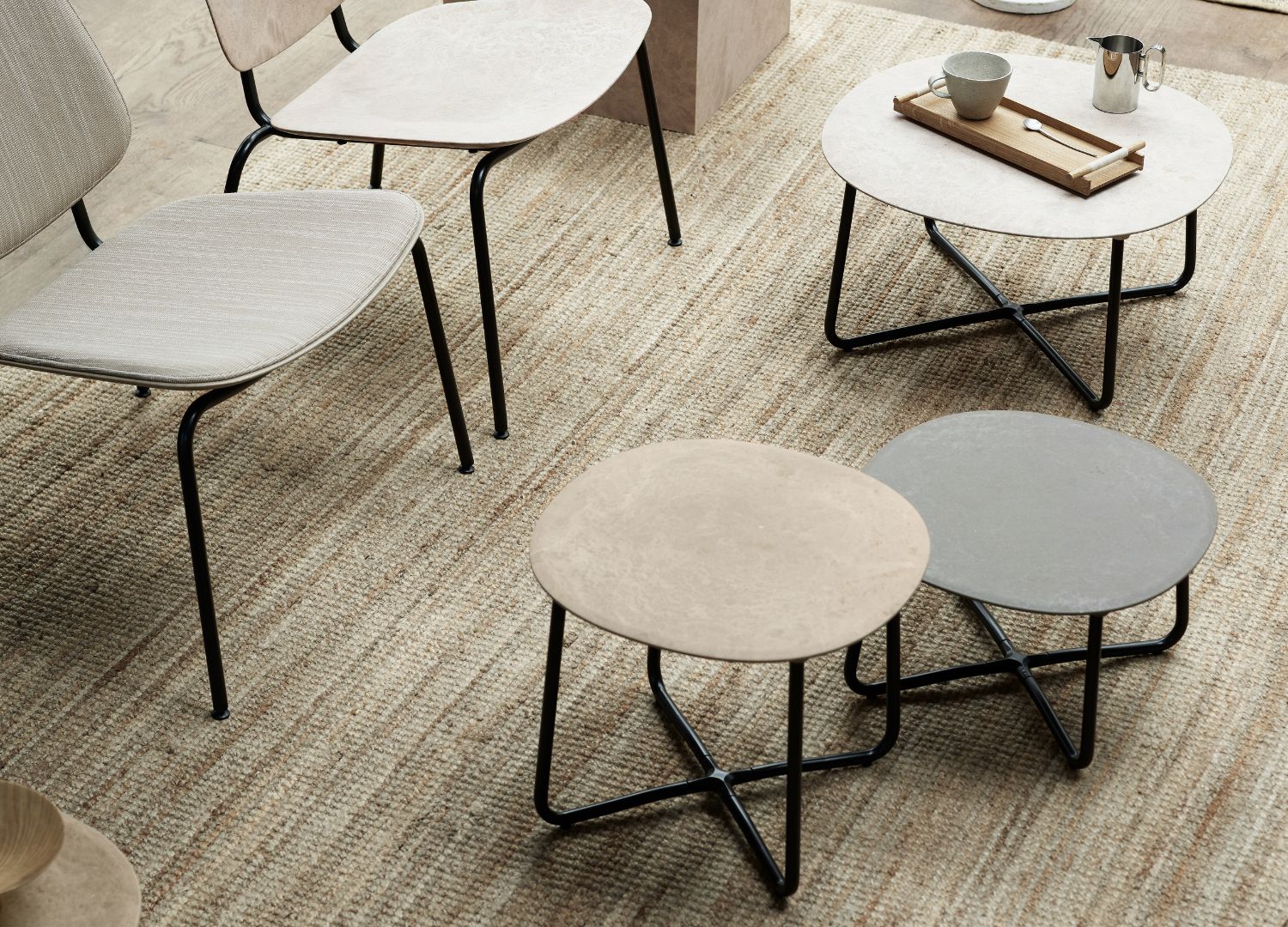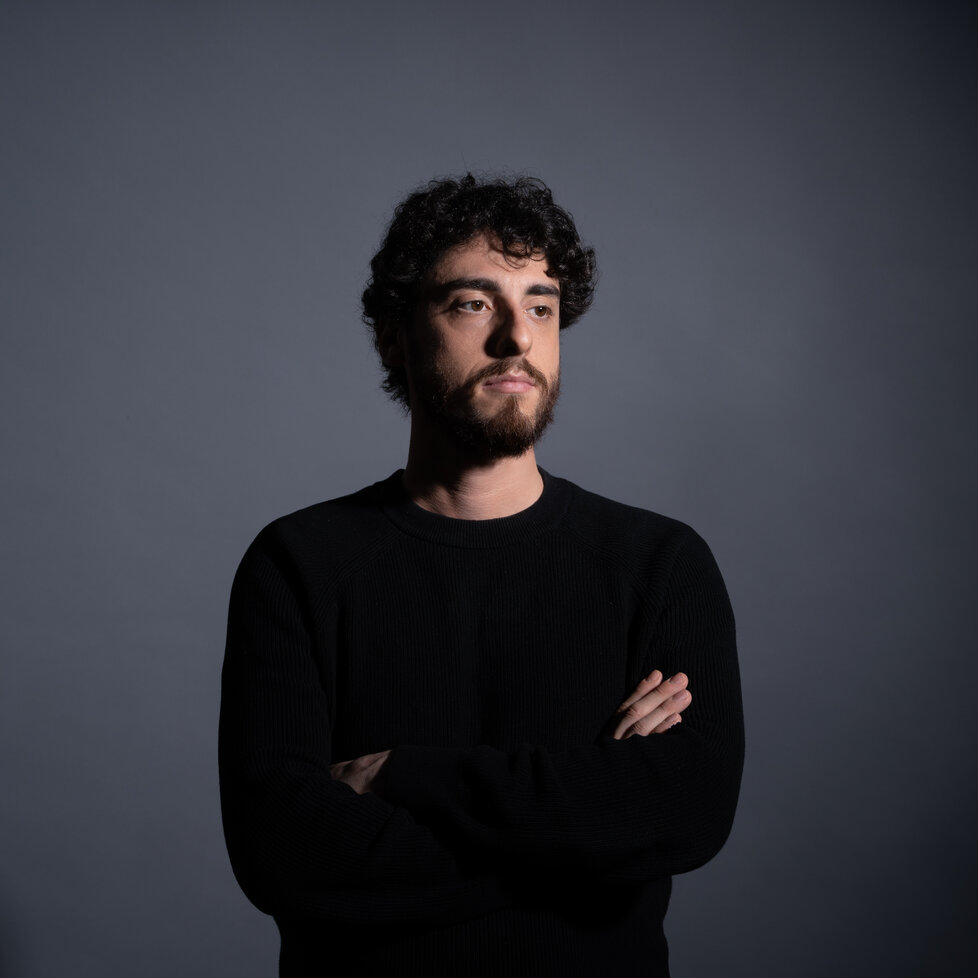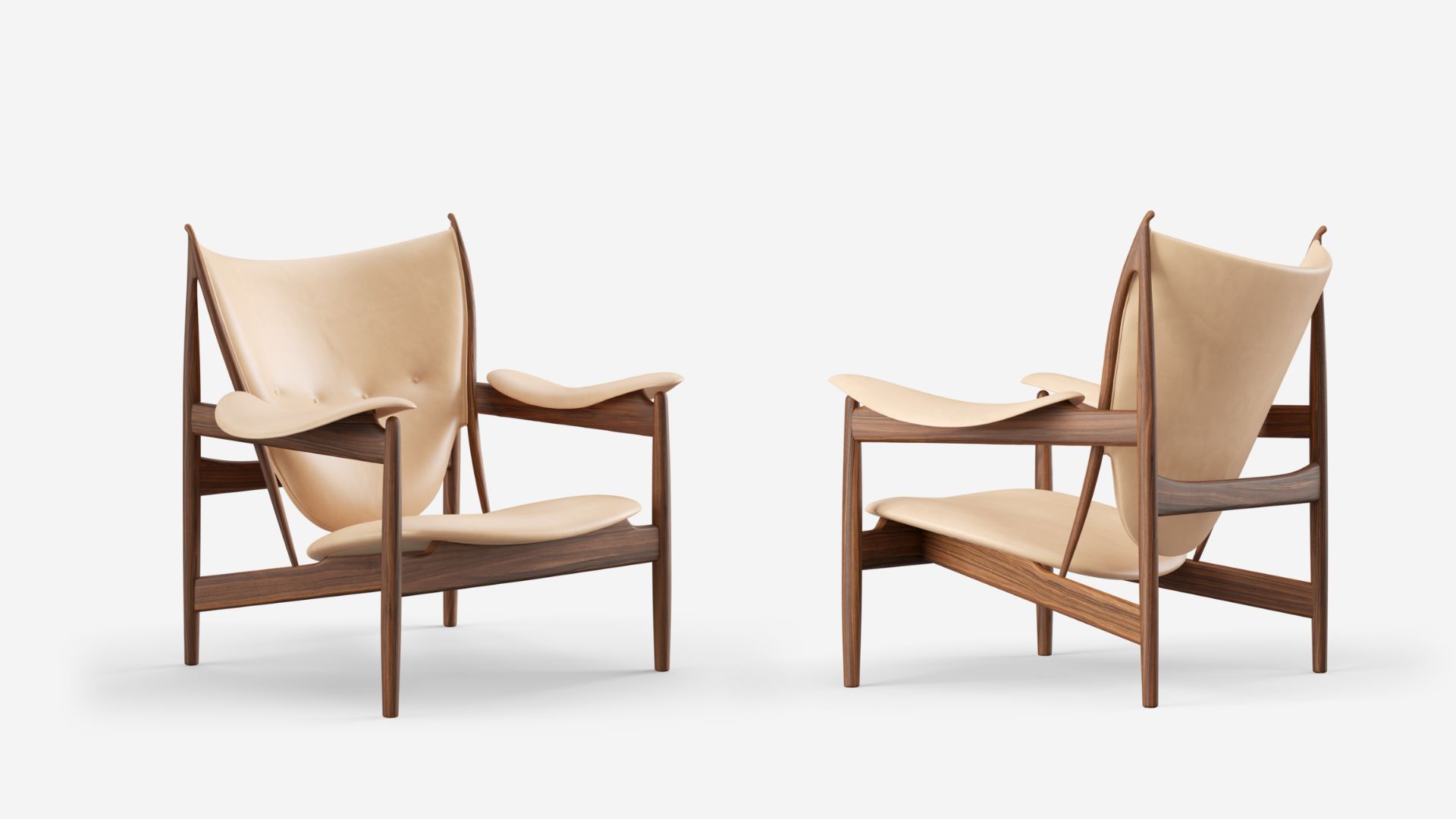What makes a furniture design company truly sustainable?
Discussing sustainability in furniture design presents a complex issue, yet at DesignWanted, we’ve identified what we believe to be a genuinely innovative player in this domain. Originating from Denmark, the company is named Mater.

Many companies are quick to claim the sustainability badge, possibly for the sake of trendiness or due to a modern sense of duty. However, the real question is whether they are genuinely devoted to it. In this context, one company that has caught my attention is Mater, a Danish furniture company that has undergone significant changes in recent years.
Achieving true sustainability is a significant challenge, and only those earnestly dedicated to the cause truly understand its depth. Aiming for sustainability profoundly affects a company, touching upon all its operations. It’s not enough to just switch materials; it demands a genuine commitment to a new way of thinking and operating, with the goal of fostering a brighter future.
Having observed the company for some time now, I’ve witnessed drastic changes over the years, witnessing their transition to sustainability, which has not only influenced how they communicate, but also how their products are made and appear.

To delve deeper into what’s happening, I reached out to Trine Mark Egeberg, Head of Marketing and Sustainability, for more information and to better understand their goals.
Could you share a short story about the origins of Mater?
Trine Mark Egeberg:
“Mater was founded in Copenhagen in 2006 by Henrik Marstrand. From the outset, the ambition was to engage people in sustainable thinking which was something no one talked much about at the time in the world of design. The fast development of electric cars inspired Henrik, and in the mid-2000s, he subsequently left his corporate career to launch his own brand. Henrik didn’t have a background in design, but in Denmark, we have a strong tradition for design, and it’s embedded in many aspects of life. His viewpoint was to channel it into being more sustainable.
Since 2006, Mater has been pushing the boundaries for how sustainable furniture design and production look like. Today, it is not just a design company but a green-tech design brand using cutting-edge technology to transform waste materials into furniture. As a company, we will never stand still. We are continuously committed to finding and developing new waste materials and techniques that allow us to create more from less. The future of the planet relies on circular solutions and green innovations, and that’s what we stand for as a company.”

At what point did you recognize sustainability as a fundamental aspect?
Trine Mark Egeberg:
“For us, sustainability has always been a key factor, but while launching the Ocean Collection in 2016, the focus on sustainability became more in-depth, and we became one of the first companies producing furniture out of waste materials. The level of interest we received for this collection was huge.”
What’s the backstory of Matek, the material you created?
Trine Mark Egeberg:
“We started our journey incorporating traditional waste materials such as recycled fishing nets and recycled plastic into our furniture production. At this time, we were new to the industry, and naturally, we moved on to finding methods and technology that allowed us to develop our very own innovative circular Matek® material—also something bespoke and new to the industry.
We wanted to continue pushing the boundaries for sustainability, and this was the driving force behind why Matek was developed. This technology allows us to recycle waste more efficiently by capturing carbon in our furniture. This means we can use the resources already available to us rather than virgin materials.”

In your view, what embodies the essence of circularity?
Trine Mark Egeberg:
“The concept of circularity has existed since the 1970s, and today, the term is used in many ways. In economics, a circular economy is a system where materials never become waste and nature is regenerated (1). It is a closed-loop usage model rather than one that produces discarded waste. In 2023, 53% of our sold products were made from recycled materials.
With these products, we have created a circular loop, but we are still in a linear economy. With the launch of our Take-back system, we are trying to develop a closed-loop usage model where we can take back used Matek furniture to produce new furniture. This has been a learning curve, but we are fast developing it with our research.”

How has the sustainability process shaped the design of your product?
Trine Mark Egeberg:
“All the new product developments we have launched in the past two years have been made with Matek Materials. This is the starting point for all ongoing product development. Our overarching aim is to create more from less and minimize the use of virgin materials by use of waste and surplus materials, to design for longevity, to design for circularity and disassembly and to keep pushing the boundaries for tomorrow’s furniture production.”













